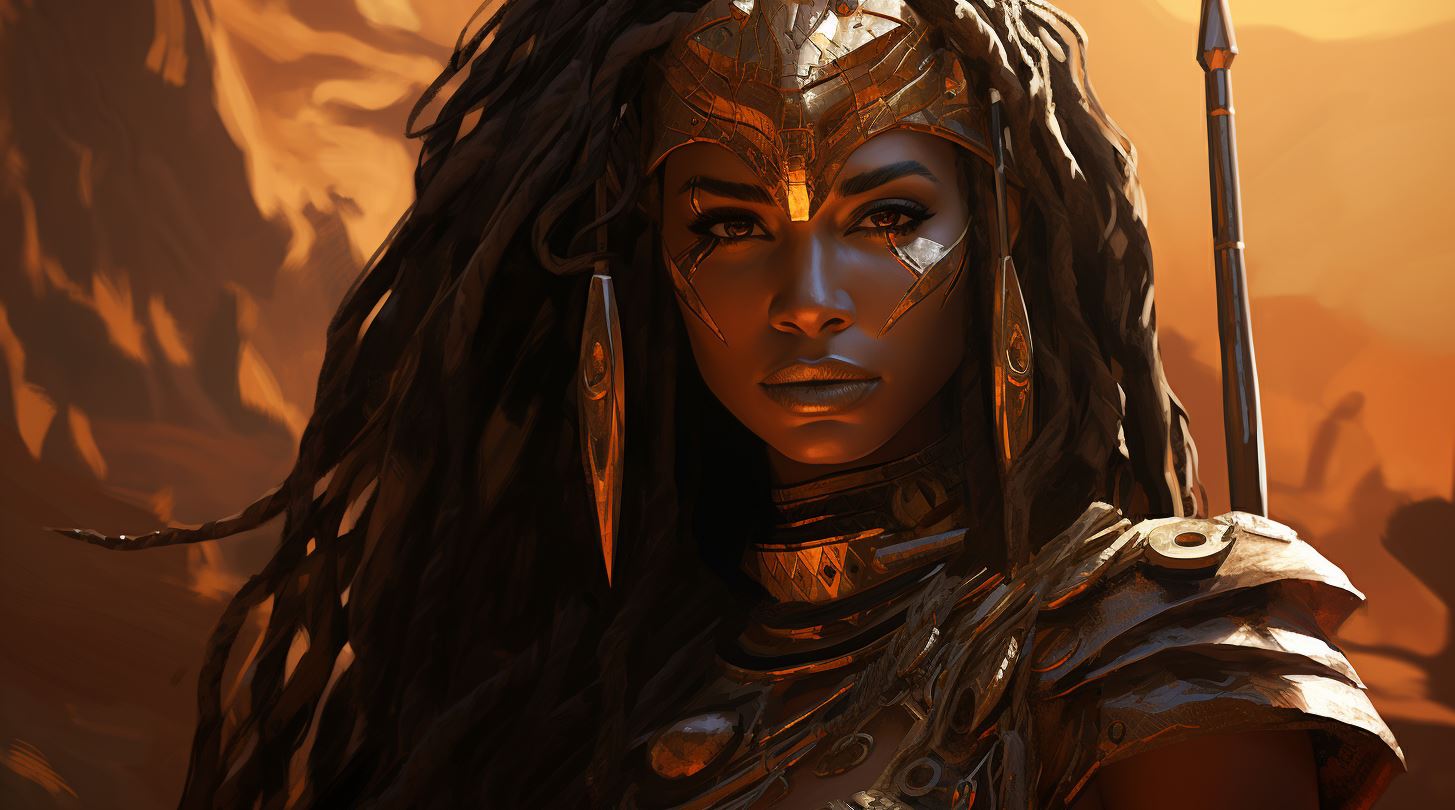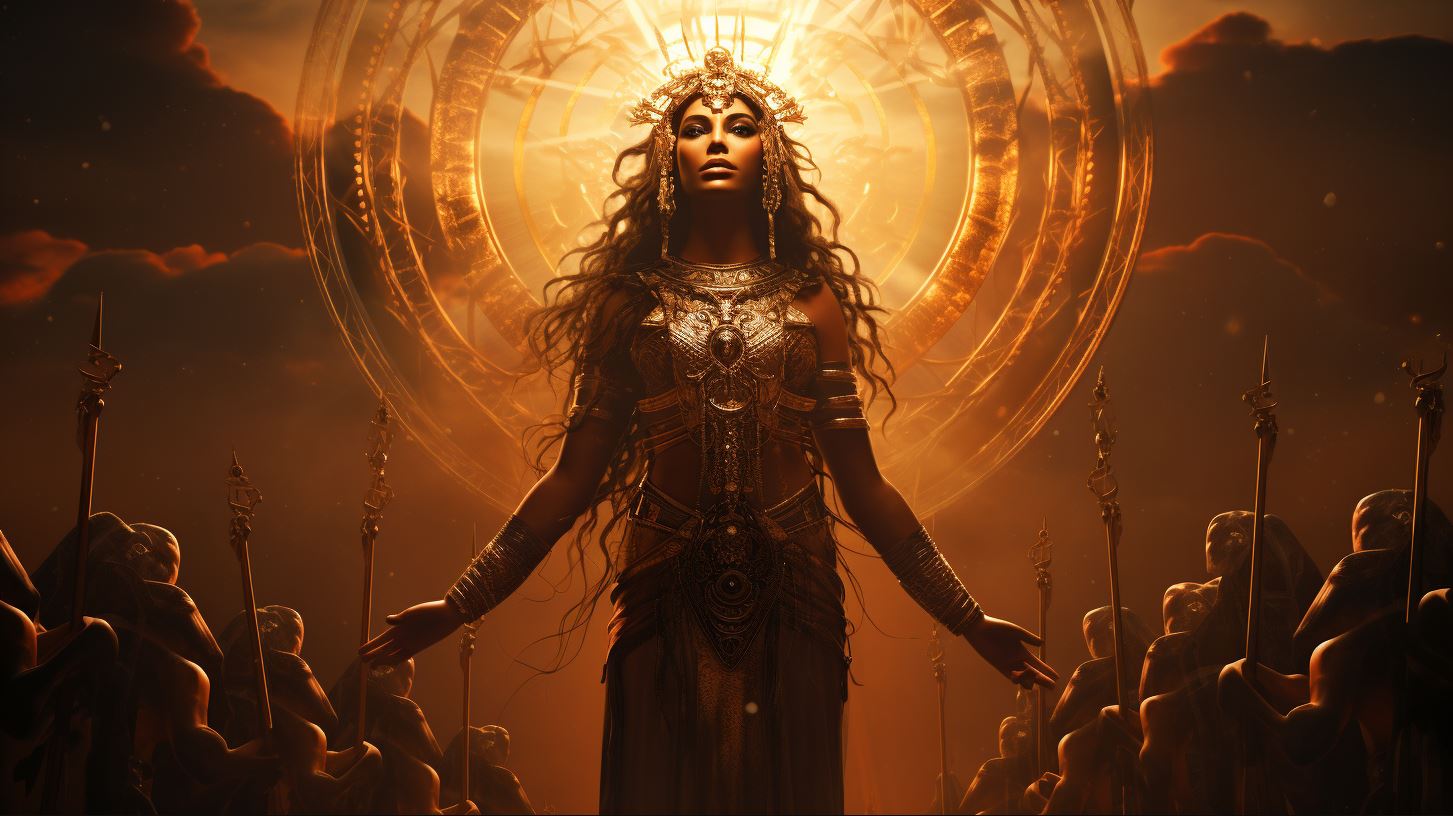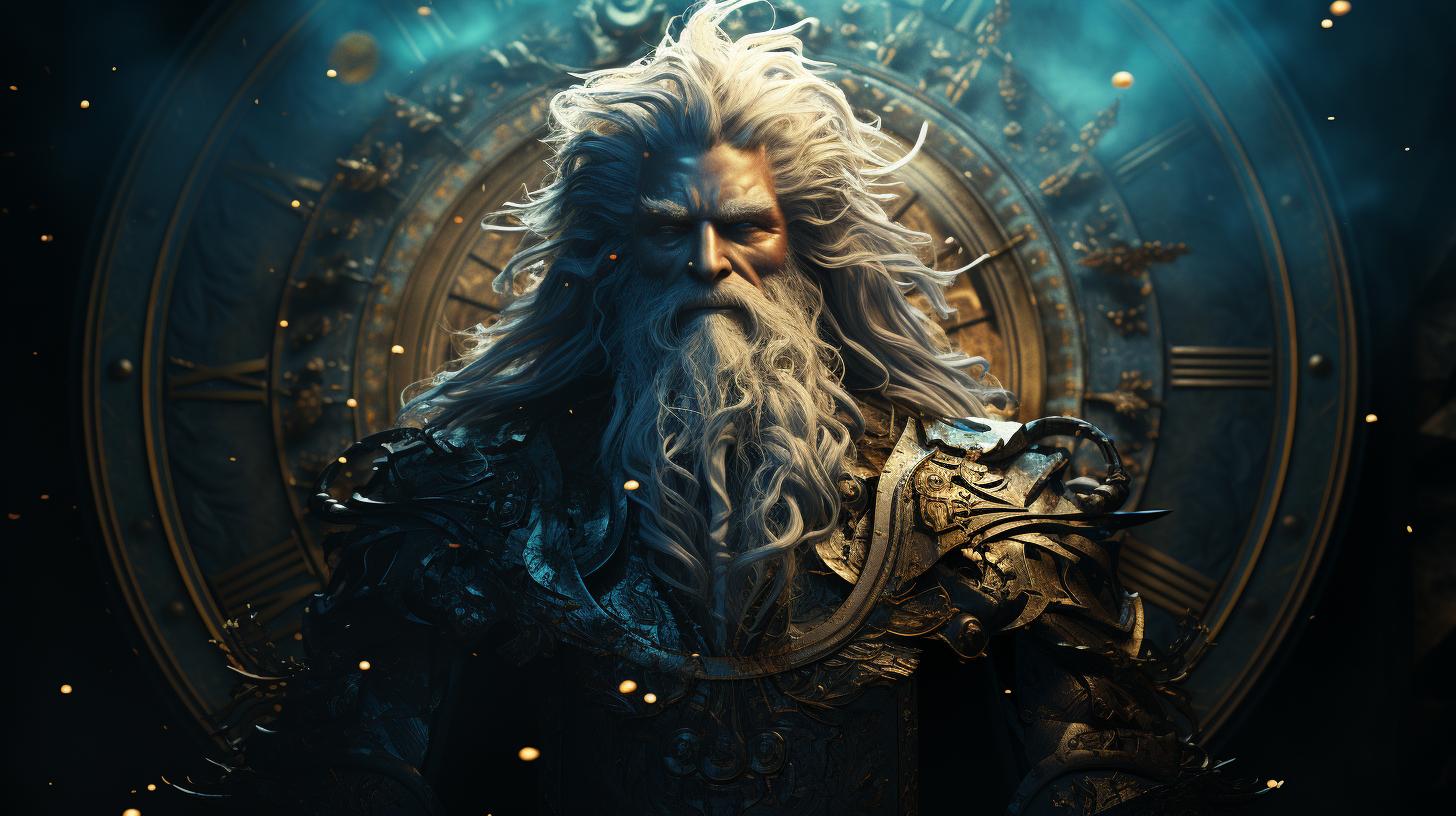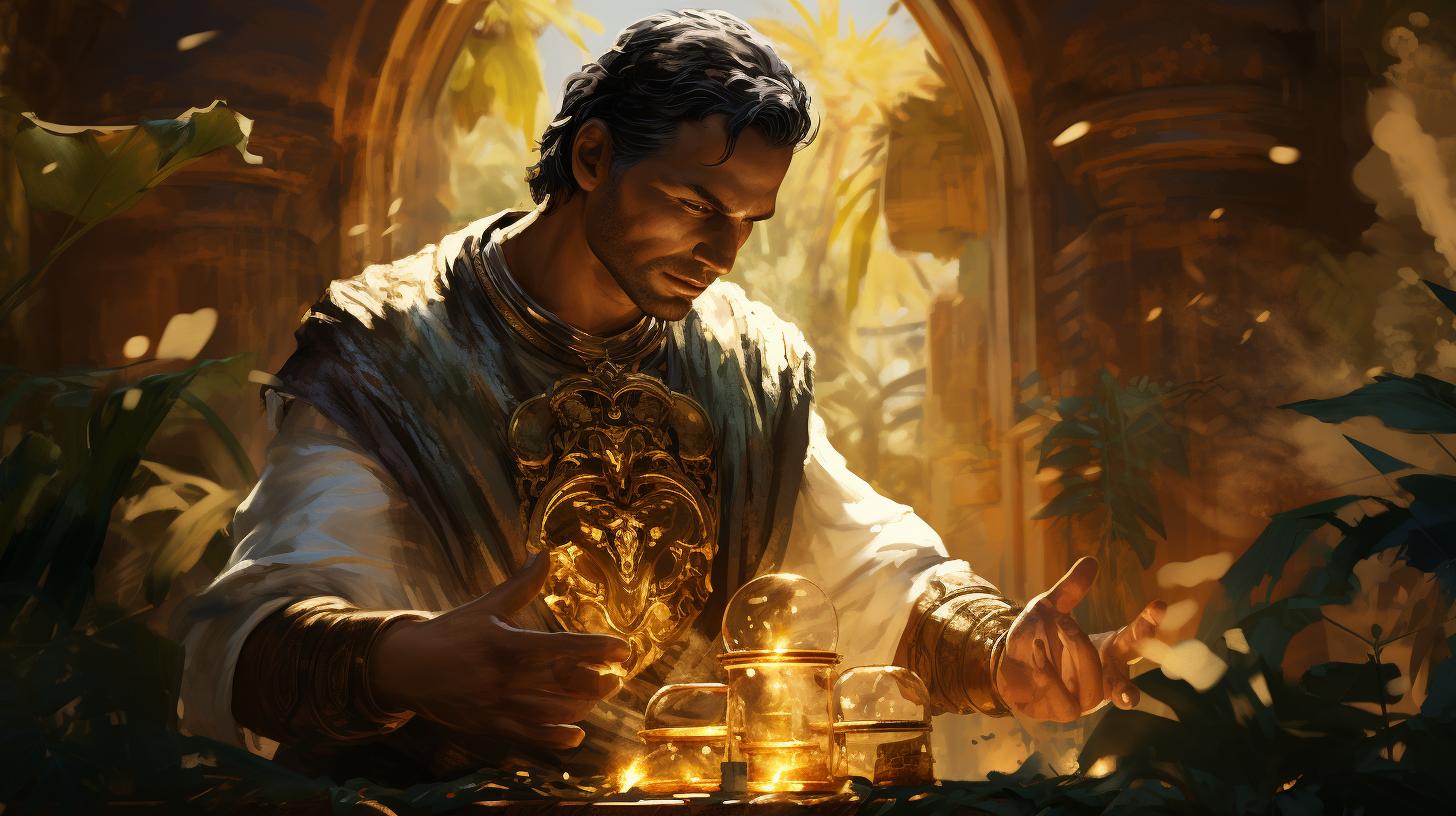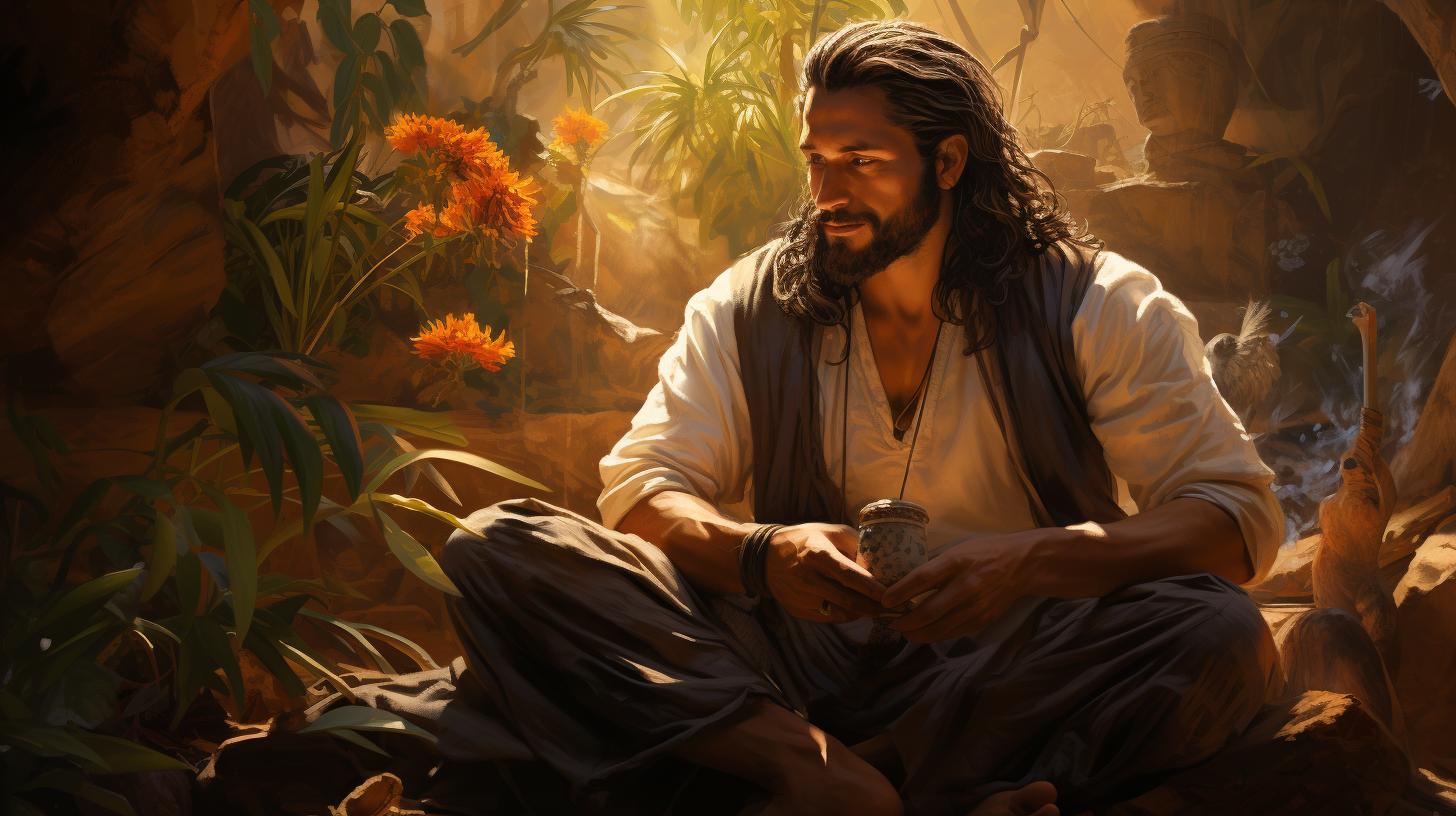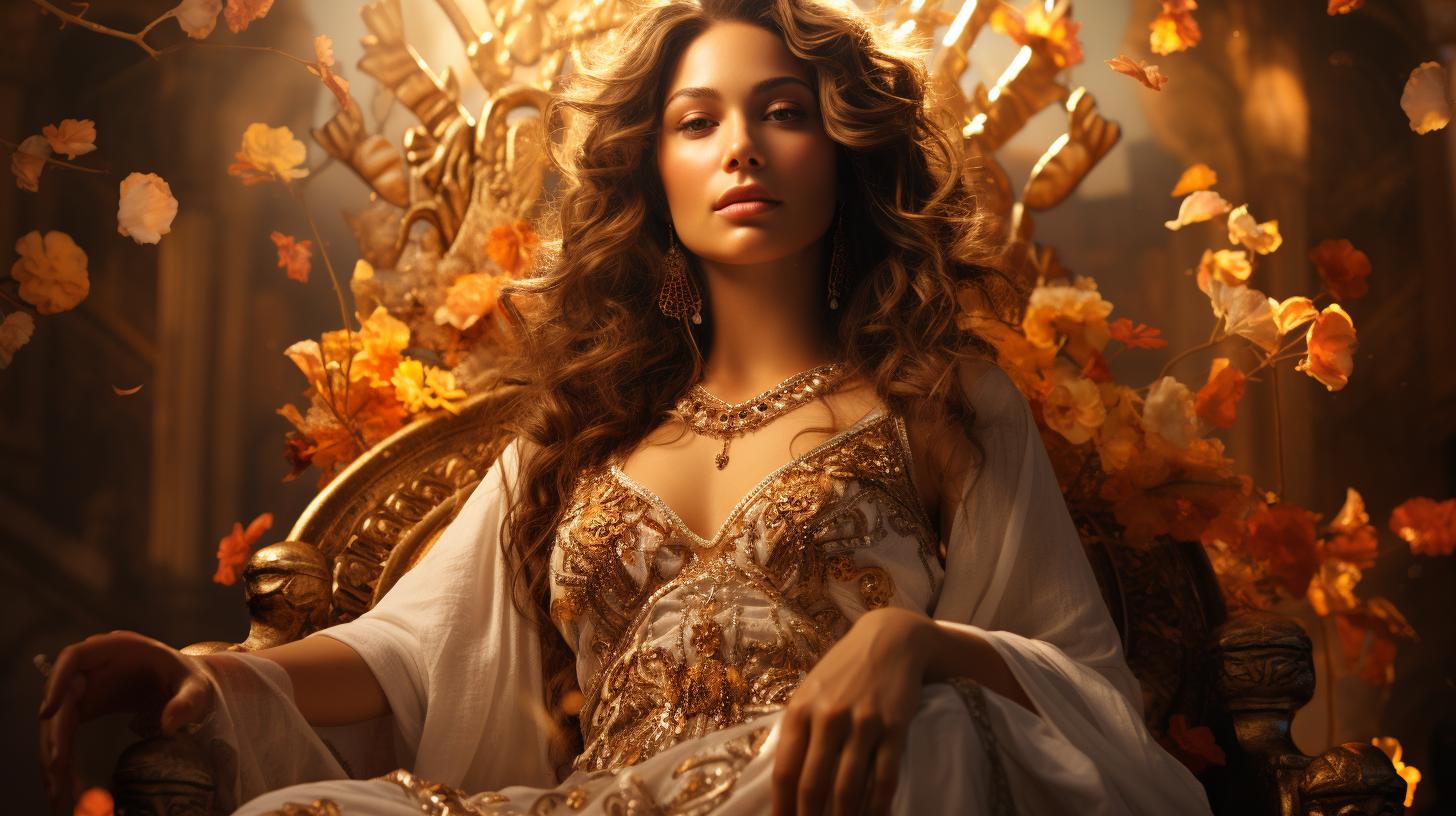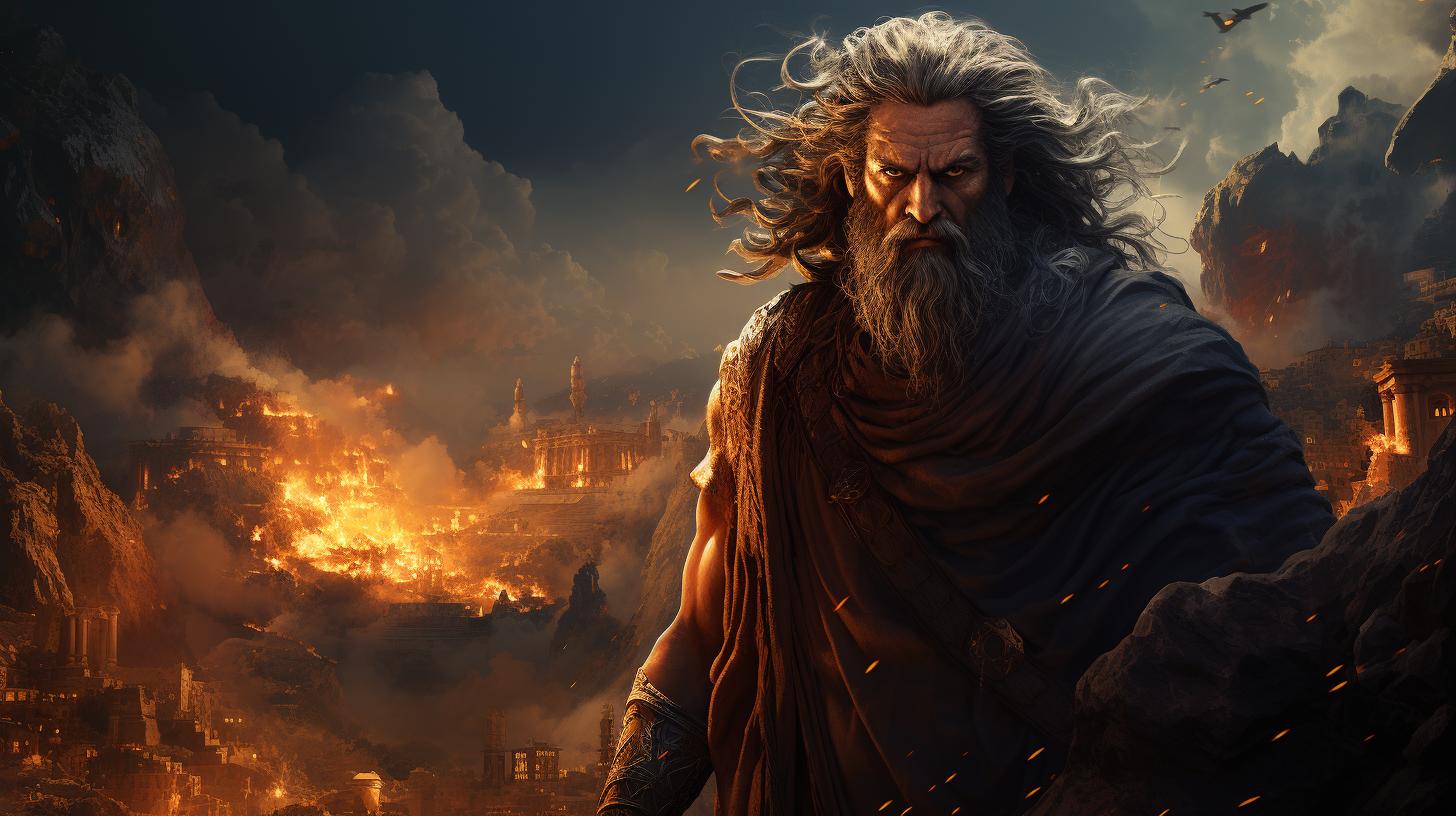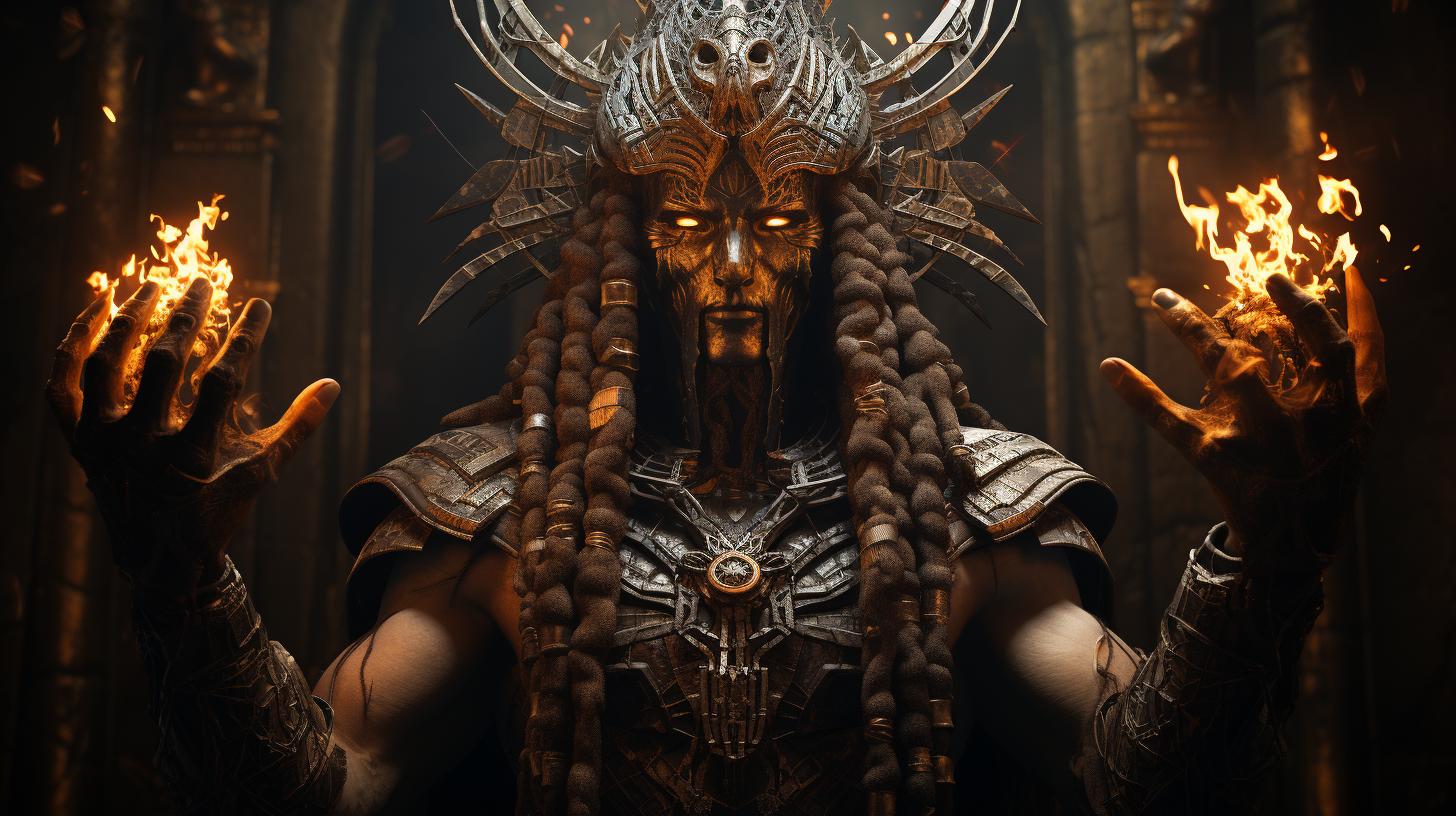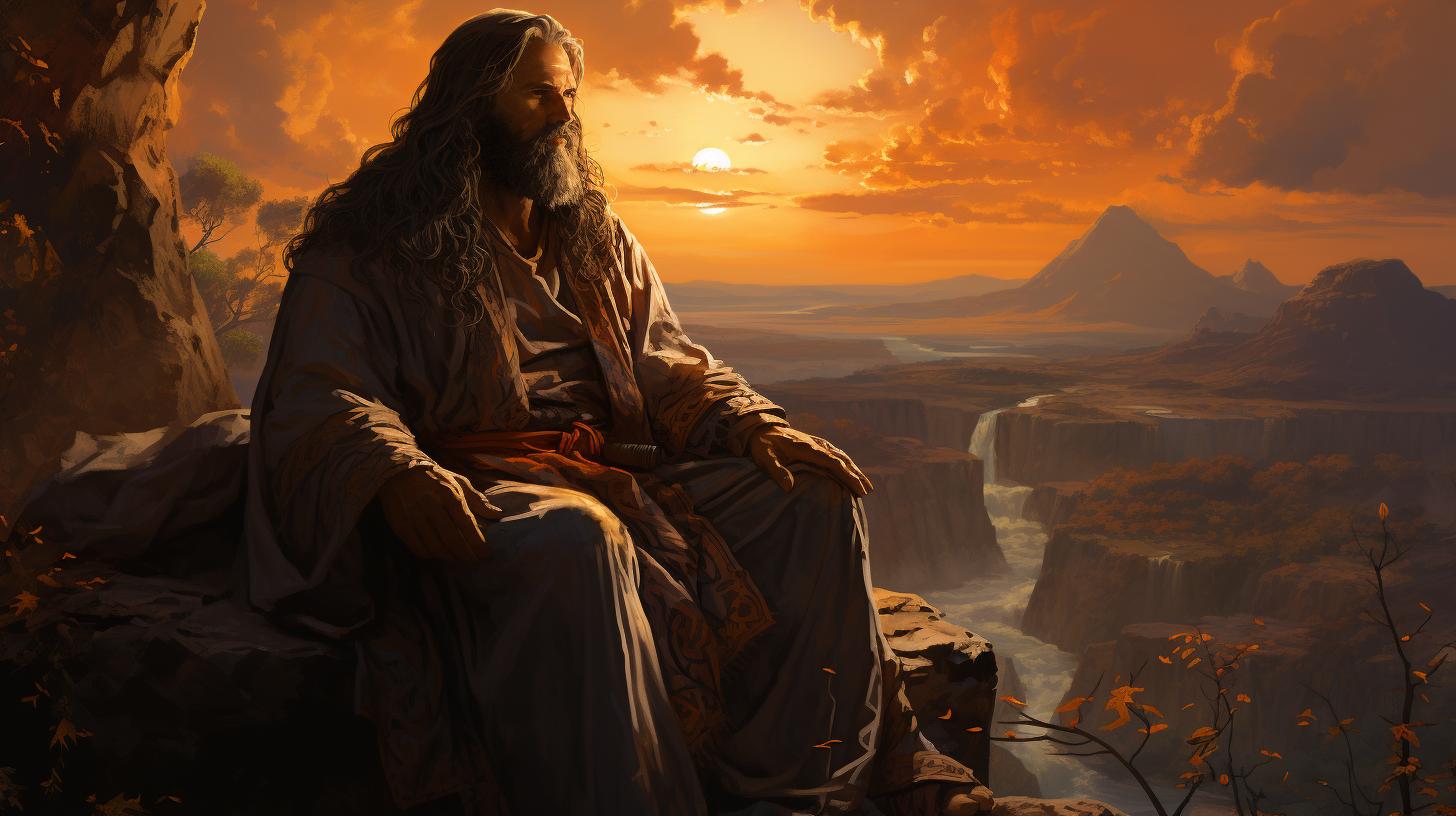Anath Goddess: Unveiling the Warrior and Huntress Deity of Western Semitic Culture
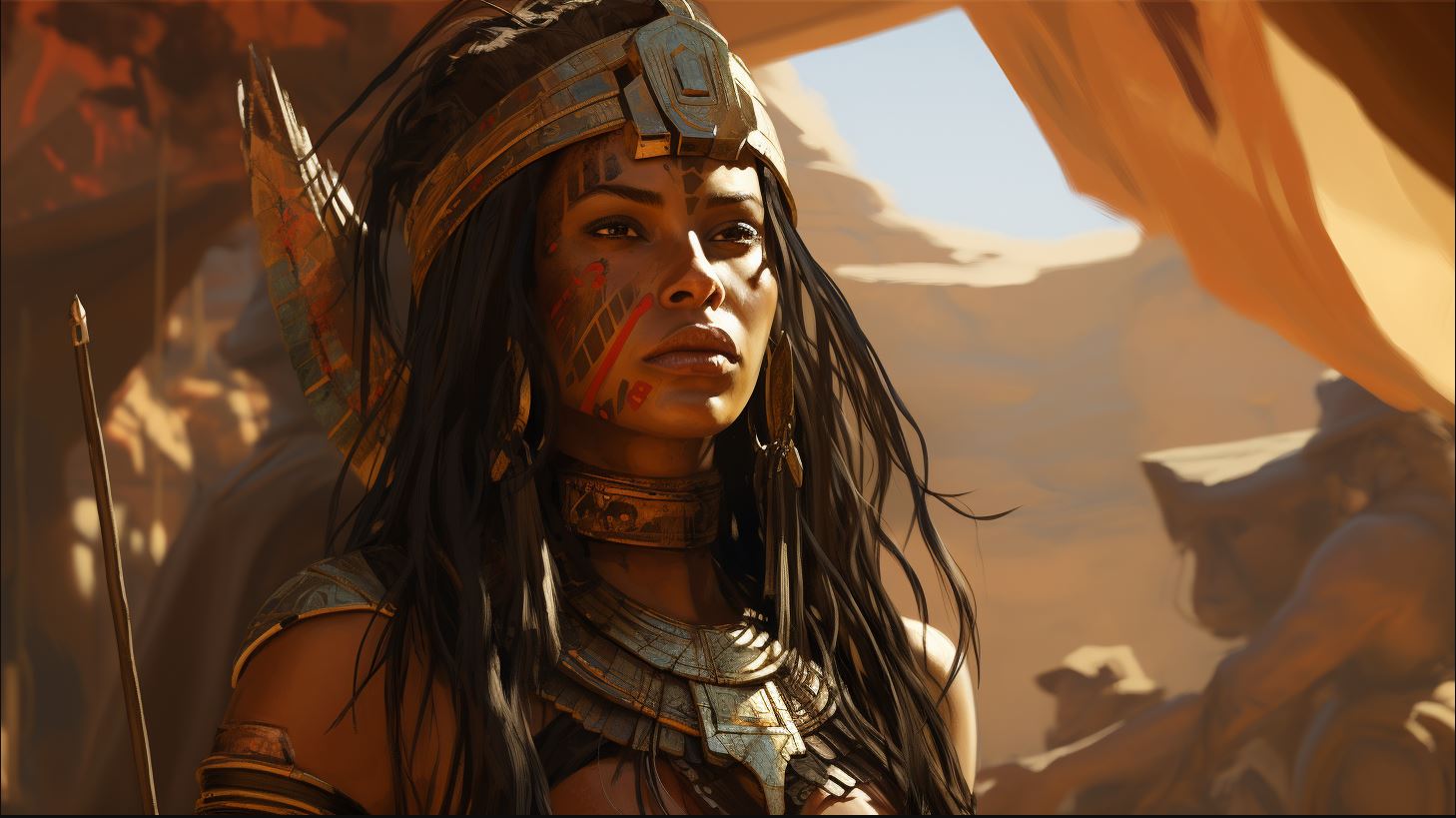
Anath Goddess, a prominent deity in Western Semitic culture, is closely associated with war and hunting. Originating from the Amorite culture of northern Mesopotamia during the Bronze Age, Anat held significant importance in Ugarit, where her presence is documented in Ugaritic and Hurrian texts.
Known for her exploits in myths such as the Baal Cycle and the Aqhat Epic, Anat’s worship extended to ancient Egypt, where she was revered during Ramses II’s reign and linked with the goddess Neit.
Often depicted as a nude goddess wielding a bow and arrows or a spear and shield, Anat’s cult worship thrived across various regions, from the Levant to Egypt, leaving an enduring legacy.
Origins of Anat: Exploring the Ancient Amorite Culture
The origins of Anat, a prominent deity associated with war and hunting, can be traced back to the ancient Amorite culture of northern Mesopotamia during the Bronze Age. In this section, we delve into the historical and cultural context that gave rise to Anat’s worship and explore her significance in different texts and mythologies.
Anat in Ugaritic Texts: Uncovering Her Role and Significance
In Ugaritic texts, Anat emerges as one of the principal goddesses, revered for her fierce combat skills and her role as a protector. These texts provide valuable insight into Anat’s character, her relationships with other deities, and her involvement in different mythological narratives.
Anat in Hurrian Texts: Examining Interactions with Other Deities
The presence of Anat in Hurrian texts sheds light on her interactions with deities from other cultures. These texts offer glimpses of Anat’s complex relationships with gods and goddesses outside her traditional pantheon, showcasing the interconnectedness of ancient religious beliefs.
Anat in Mythology: Insights from the Baal Cycle and Aqhat Epic
Anat’s mythology, found within the Baal Cycle and Aqhat Epic, provides us with a glimpse into her heroic exploits, divine interactions, and her dynamic relationship with Baal.
Anat’s Heroic Exploits: Battles, Triumphs, and Divine Interactions
Throughout Anat’s mythology, she is portrayed as a formidable warrior, engaging in battles against various adversaries.
Her triumphs are celebrated, as she demonstrates her prowess and valor in defeating her foes.
Divine interactions play a significant role in Anat’s mythology. She is often depicted seeking approval and guidance from other deities, forging alliances, and receiving divine aid in her quests.
Anat is depicted as a loyal supporter of Baal, assisting him in his battles and ensuring his victory.
The Aqhat Epic:
In the Aqhat Epic, Anat’s relationship with Baal takes on a different dimension. Anat’s pursuit of the mythical bow of Aqhat drives the narrative, showcasing her determination and tenacity. This quest reveals Anat’s fierce nature and her commitment to fulfilling her objectives.
By delving into Anat’s mythology within the Baal Cycle and Aqhat Epic, we gain valuable insights into her heroic endeavors, the divine interactions she engages in, and the intricate dynamics of her relationship with Baal.
Anat in Ancient Egypt: Shared Characteristics and Syncretism
Exploring the intriguing connection between Anat and ancient Egypt, this section sheds light on the shared characteristics and syncretism within their religious practices.
Anat’s Association with Neit: Unraveling the Egyptian Connection
Anat’s presence in ancient Egypt is intricately linked with the goddess Neit. Through syncretism, Anat’s attributes and roles intertwined with those of Neit, forging a deeper connection between the two deities.
Neit’s association with warfare and hunting aligned well with Anat’s domain, emphasizing their shared characteristics as powerful female deities.
Anat’s Role in Fertility and Protection: Beliefs and Practices in Ancient Egypt
Beyond her association with warfare, Anat also played a vital role in fertility and protecting both individuals and crops in ancient Egyptian beliefs and practices.
Anat was revered as a guardian and benefactor, believed to ensure bountiful harvests and safeguard the well-being of the community. Rituals and offerings aimed at Anat sought her favor for fertility and protection, highlighting her multifaceted significance within Egyptian religious traditions.
In ancient Egypt, Anat’s influence and syncretism with Neit introduced a dynamic interplay of warrior attributes and protective qualities, painting a complex portrait of this revered goddess.
Anat’s Iconography: Depicting the Warrior and Huntress Deity
Anat, the formidable deity of war and hunting, is often portrayed through vivid iconography that conveys her powerful and fierce nature.
Her primary symbols and representations include the bow and arrows, as well as the spear and shield. These iconic items not only demonstrate her prowess in battle but also serve as visual cues for her role as a huntress.
Depicted as a nude goddess, Anat’s physical form exudes strength and confidence, emphasizing her role as a warrior. By wielding these weapons, she symbolizes her ability to defend and protect.
The cultural influence of Anat’s iconography is profound, as it is depicted in numerous artistic representations across different periods and regions.
Anat’s iconographic representations have endured throughout history, showcasing her enduring relevance and impact.
Overall, Anat’s iconography exquisitely captures her essence as a warrior and huntress deity. The bow and arrows, spear and shield, as well as artistic representations, illuminate her formidable nature and enduring cultural significance.
- Depiction of Anat as a nude goddess wielding a bow and arrows.
- Symbolizes her skill as a huntress and her ability to strike down enemies.
- The bow represents precision, while the arrows convey her power.
- Additionally, Anat is depicted wielding a spear and shield.
- The spear symbolizes her role as a warrior and her offensive capabilities.
- The shield represents her defensive prowess and ability to protect.
Anat’s Cultural Influence: Artistic Representations and Iconographic Legacy
- Anat’s iconography is widely depicted in ancient artworks and artifacts.
- Artistic representations include sculptures, reliefs, and paintings.
- These artworks capture Anat’s dynamic and determined nature.
- Anat’s iconography spans different cultures and periods, showcasing her enduring influence.
- Her iconographic legacy is a testament to her ongoing cultural significance.
Anat’s Cult Worship: From Levant to Egypt and Beyond
Anat’s veneration in Ugarit revolved around elaborate rituals, grand temples, and diverse offerings.
Revered as a powerful warrior deity, her worshipers sought her favor in times of conflict and protection. Rituals celebrated her strength and valor, often involving processions and music to honor her divine presence.
In the temples dedicated to Anat, priests and priestesses conducted ceremonies and performed sacred rites, offering sacrifices and prayers to invoke her blessings. These rituals reinforced the symbiotic relationship between Anat and her devotees, as they believed in her ability to ensure victory in battles and safeguard their communities.
Anat’s Veneration in Ugarit: Rituals, Temples, and Offerings
- Elaborate rituals celebrated Anat’s attributes as a warrior deity.
- Temples dedicated to Anat served as sacred spaces for worship and ceremonies.
- Diverse offerings were presented to Anat as expressions of devotion and supplication.
Anat’s enduring worship expanded beyond Ugarit, persisting across different periods of history.
Despite cultural transformations and geopolitical shifts, Anat’s cult maintained its relevance and adapted to new contexts.
Anat’s Endurance across History: Persevering Worship and Adaptation
- Anat’s worship transcended boundaries, spreading beyond Ugarit and reaching ancient Egypt.
- Throughout various historical epochs, Anat’s cult persevered and integrated with local beliefs.
- Adaptation ensured Anat’s continued veneration in different cultural settings.
The remarkable endurance of Anat’s worship testifies to her lasting influence and the profound impact she had on communities throughout the Levant and Egypt.
Anat and Historical Influences: Connections with Other Ancient Deities
In the realm of ancient Semitic culture, Anat’s interactions with Ugaritic gods provide valuable insights into the dynamics of the pantheon.
Her role in their mythology and religious hierarchy sheds light on the interconnectedness of deities and their worship.
Anat’s Interactions with Ugaritic Gods: Insights into Pantheon Dynamics
Within the Ugaritic texts, Anat’s relationships with other gods such as Baal, El, and Asherah reveal her importance in their divine conflicts and cosmic order.
Her alliances and rivalries reflect the complexities and power dynamics of the pantheon, offering a deeper understanding of ancient religious beliefs.
Anat and the Hyksos Period: Examining Borrowings and Syncretism in Ancient Egypt
The Hyksos period in ancient Egypt witnessed Anat’s influence as the cultural exchange between the Semitic inhabitants and the Egyptians peaked.
This era gave rise to syncretism, blending Anat with Egyptian deities, resulting in fascinating hybrid divinities.
Exploring Anat’s role during this period provides valuable insight into the cultural significance and religious practices of the time.
Comparative Analysis: Anat and the Sun Goddess in Ancient Egyptian Religion
In the realm of ancient Egyptian religion, a fascinating comparative analysis emerges when examining the roles and influences of Anat, the warrior and huntress goddess, and the Sun Goddess.
Linking Anat’s attributes with the solar deity uncovers intriguing connections while also highlighting distinct differences in their divine roles.
Anat and the Sun Goddess: Similarities and Differences in Divine Roles
Both Anat and the Sun Goddess hold prominent positions in their respective pantheons. They share certain traits associated with power, strength, and protection. Anat, as the goddess of war and fertility, embodies ferocity and vitality, while the Sun Goddess represents the life-giving force of the sun.
However, key differences arise when delving into their divine roles. Anat’s focus lies primarily on battlefield prowess, embodying courage and action. In contrast, the Sun Goddess symbolizes the cycle of life, guiding the sun’s journey across the sky and nurturing growth in the natural world.
Anat’s Impact on Sun Worship: Tracing Anat’s Influence in Ancient Egyptian Beliefs
Anat’s presence in ancient Egypt left a significant imprint on sun worship and religious practices. The warrior goddess’s association with the solar aspects of Neit fostered beliefs in the protective and regenerative aspects of the sun.
Anat’s intermingling with Egyptian mythology gave rise to sun-related rituals, symbolizing both Anat’s fierce power and the life-sustaining qualities of the sun.
Through comparative analysis, the intricate interplay between Anat and the Sun Goddess surfaces, revealing shared characteristics along with distinct aspects of their divine roles.
Understanding the impact of Anat’s influence on sun worship provides valuable insights into the intricate tapestry of ancient Egyptian beliefs and practices.
Anat in Modern Perspectives: Relevance and Interpretations
Anat, the warrior and huntress deity, continues to hold relevance in modern times, captivating the curiosity of scholars, enthusiasts, and practitioners alike. This section explores how Anat’s legacy persists through her presence in contemporary religions and her depictions in popular culture.
Anat in Contemporary Religions: Traces of Anat’s Legacy in Modern Faiths
Anat’s influence can be traced in various modern faiths, showcasing the enduring impact of her character and attributes. From goddess worship movements to neo-pagan traditions, Anat’s fierce nature and association with strength in battle resonate with those seeking empowerment and connection to ancient divine femininity.
Furthermore, Anat serves as an inspiration for feminist theologians, who reclaim her narrative as a symbol of agency and defiance against oppressive forces. Her character represents a strong archetype of independence, challenging traditional gender roles and inspiring contemporary interpretations of female empowerment.
Anat in Popular Culture: Depictions and Representations in Literature, Art, and Media
Anat’s captivating persona has found its way into various forms of popular culture, leaving its mark on literature, art, and media. Numerous novels and graphic novels reimagine Anat’s adventures, bringing her character to life in thrilling and imaginative ways.
- Artistic representations often portray Anat in dynamic poses, capturing her strength and prowess as a warrior goddess.
- In film and television, Anat emerges as a compelling figure in epic fantasy and historical dramas, transporting viewers into the mythical realms where gods and mortals collide.
Anat’s enduring presence in modern culture serves as a testament to her timeless appeal and the lasting impact of her mythological significance.
…











